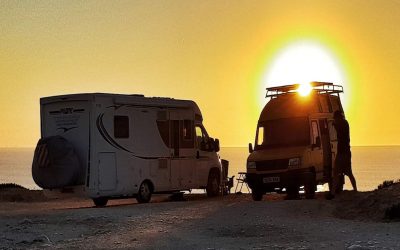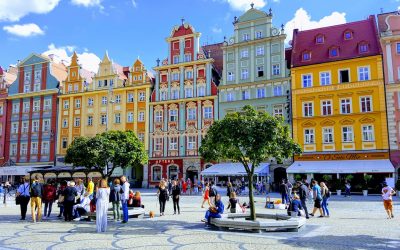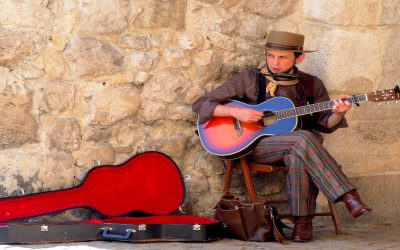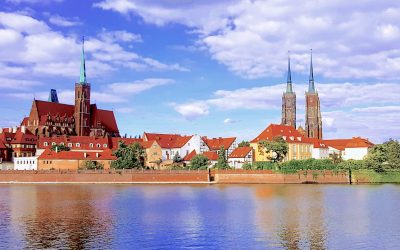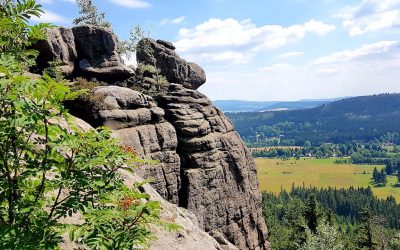We love meeting new people on the road and hearing what brought them to travel. When we rocked up to a wild spot on the west...

Poland
Poland
A Road Trip Through Poland
Poland's depth and character unfold the longer you stay; each week grabbing hold of your heart just a little bit more. In Part 1 of our...
Krakow City-break itinerary
Kraków, capital of Poland's southern-most region Małopolska, is so much more than a city; it's a diverse experience that will take you to...
Visiting Poland in a Motorhome
Poland, we had you in our sights the minute we crossed The Channel on 23 May 2018. You were our destination for a tour that would take us...
Wrocław City-break visit
Wrocław, may well be Poland's fourth largest city and capital of the south west region of Silesia, although this seems not to...
Stołowe National Park Poland
Stołowe National Park is a hidden gem, tucked away in the south west corner of Poland on the border with Czech Republic. And you could be...
Follow us
You can find us on social media,
different channels for different content.

